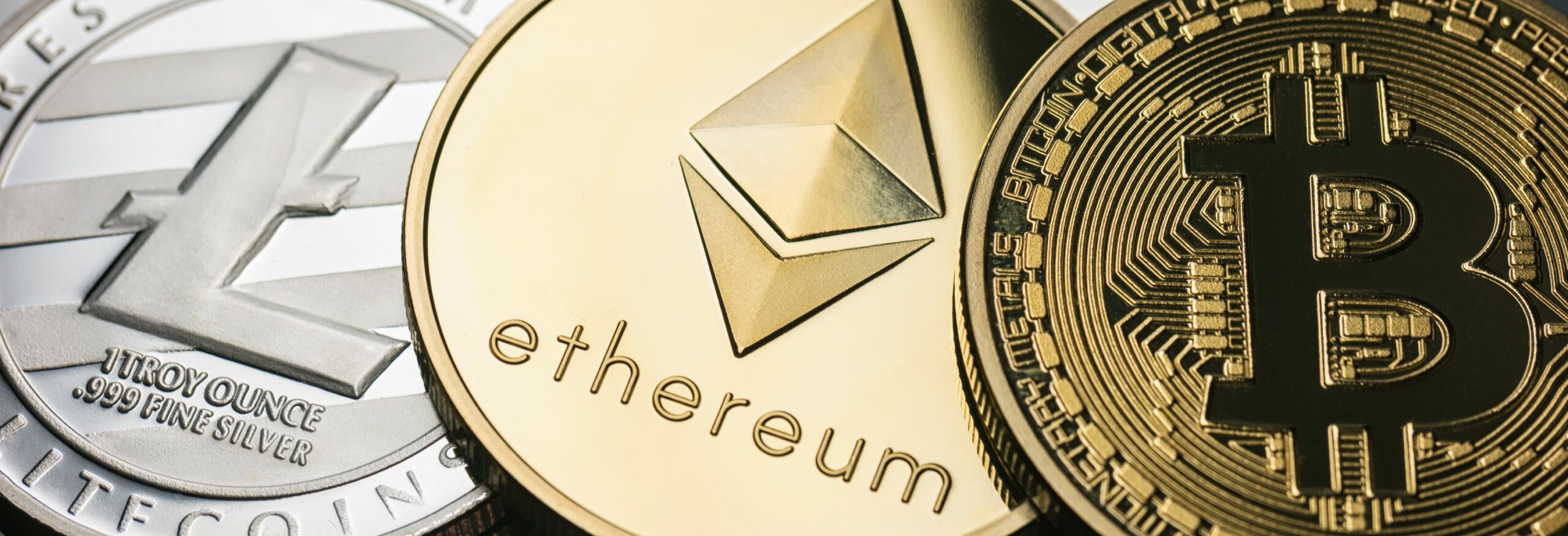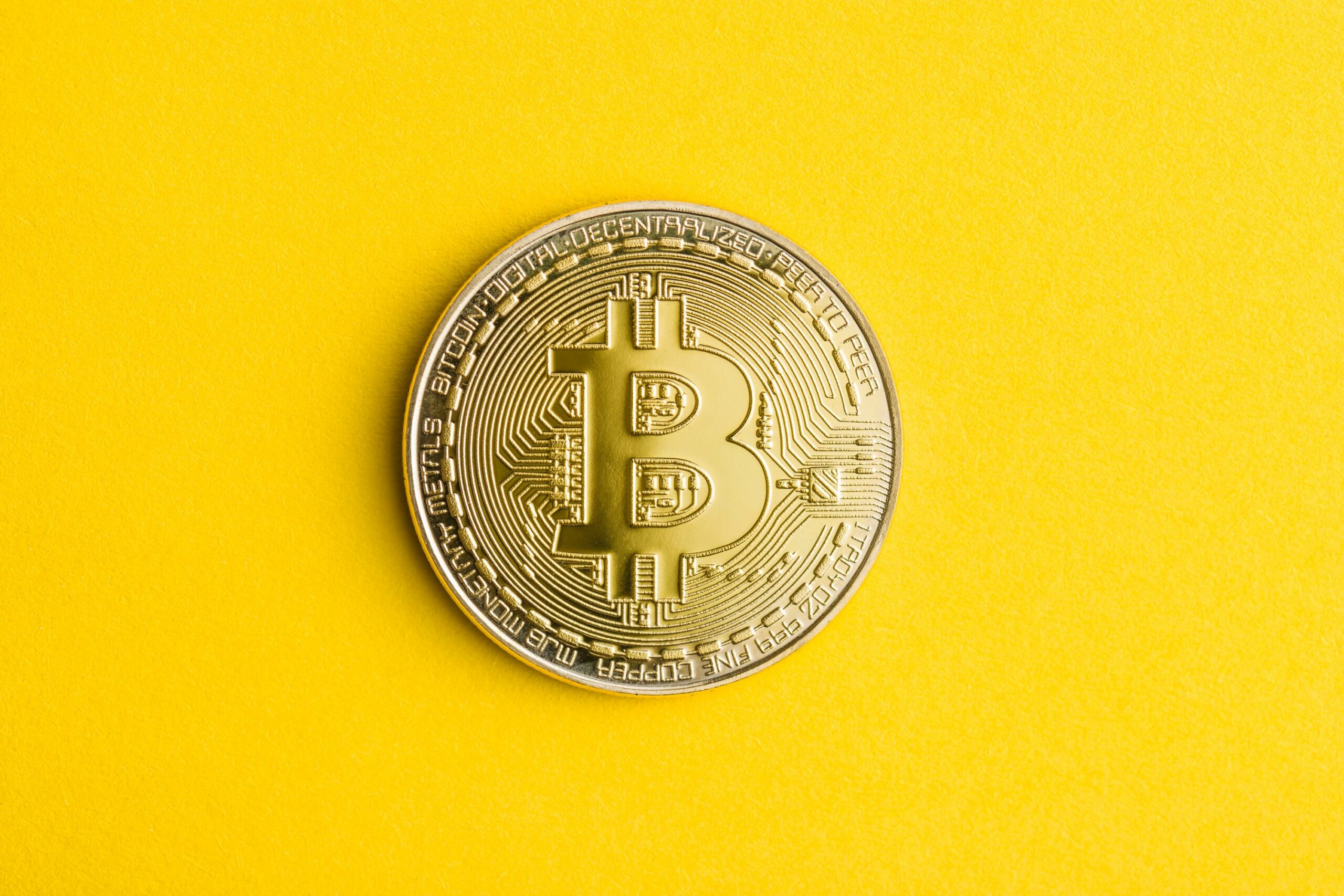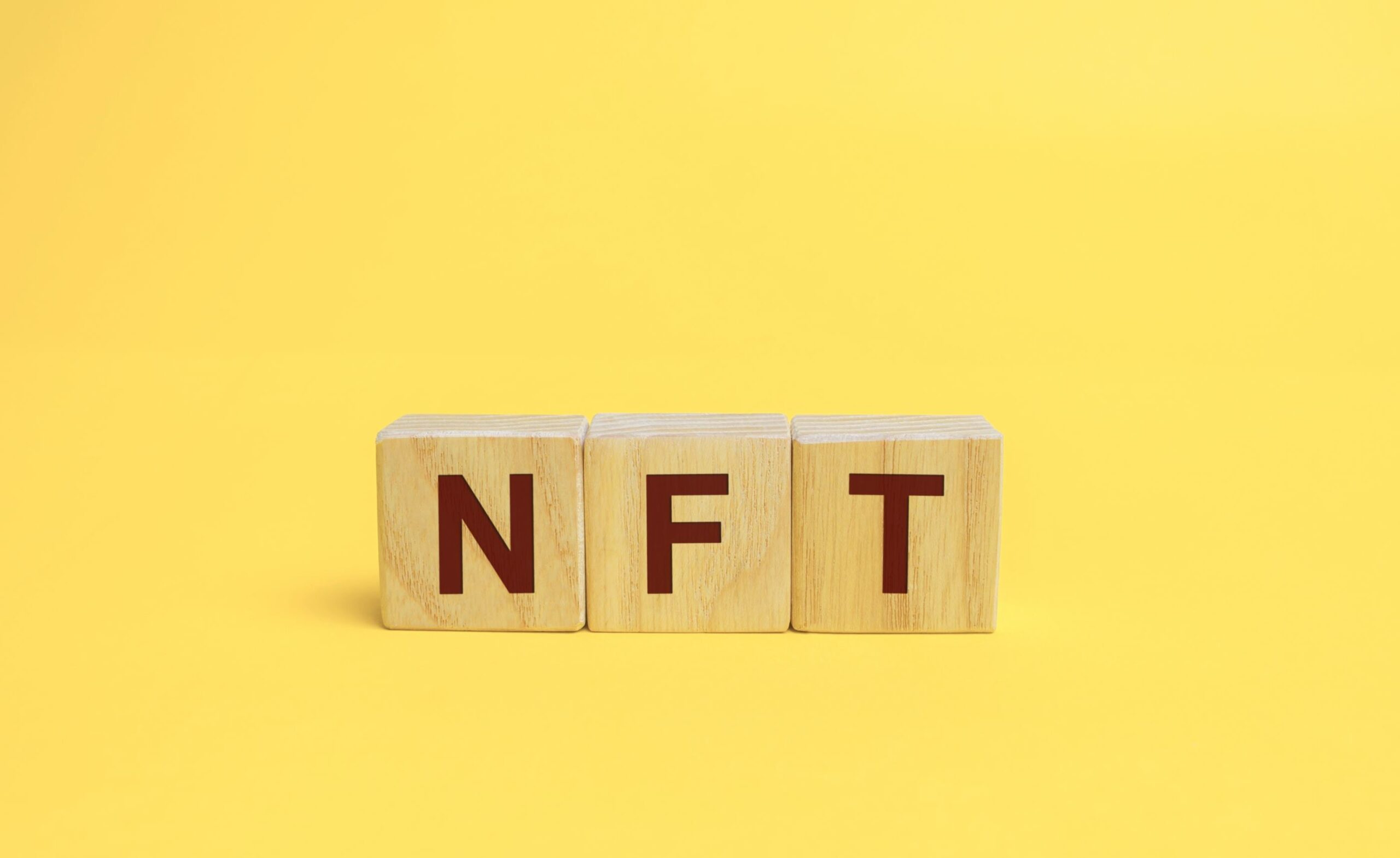- People
- Expertise
Der 10.000 Stunden-Unterschied
Wussten Sie, dass 10.000 Stunden „entwickelter Praxis“ als Marke gilt, ab der man ein Experte oder eine Expertin ist? Gute Nachrichten: Jeder gunnercooke Partner und jede gunnercooke Partnerin hat schon mehr als 10.000 Stunden anwaltlich gearbeitet. Sie haben hier also nur mit ausgewiesenen Rechts-Expert*innen zu tun.
- Our Approach
- News & Insights
- Join Us
- Get in Touch

In our previous instalments, we examined why the introduction of token-based structures as participation and renumeration methods alongside our traditional currencies and participation tools could bring a variety of benefits, not least of all in the fight against unemployment (or free capacity, as we have chosen to name it in this context).
But what would need to change regarding our collaboration structures to successfully implement and support a Security Token Economy?
Based on the publication Value Creation Through Blockchain-Based Tokens: Transforming Traditional Collaboration Structures by Wolfgang Richter and Sebastian Richter in: Liquid Legal – Humanization and the Law (2022), this series aims to explore the aspects and possibilities of implementing future token-based participation and payment structures and examines some of the issues surrounding the current perception of money.
Key Elements of Collaboration Structures
1. Setting up an effective liquidity component to tokenise assets
One of the challenges that remains is the question of immediate liquidity, meaning: how can I exchange my tokens for a central bank currency (also called FIAT)?
It’s tricky since projects inevitably start out without any market recognition. However, there are currently innovative structures in the making to resolve this challenge. One of these is called the bonding curve model applied by the automated market makers (AMMs).
When using tokens as an offering for work performance, this model would allow a cash/token pool to be set up by the business owner, enabling the token holder to exchange the tokens for cash from the very start. The pricing of the cash/token pool is predefined through an algorithm, meaning the token price changes with each transaction. This creates immediate liquidity, easily managed on digital platforms and accessible through smart phones.
2. Special features of Liquidity Providers
In a stock exchange based on the central matching model, the liquidity providers are the banks that undertake to make the market, i.e. guarantee buyers and sellers that they can trade. For this, these banks charge a substantial fee.
In the case of AMMs, this works quite differently. The exchange is handled via a distributed ledger and there is no matching of buy and sell orders. Rather, it is always a bilateral contract between the buyer or seller and the token pool. The token pool consists of the business token and a second token representing liquidity, for instance a stable coin pegged to the USD or the EUR. The size of the pool is a moving target, as anyone can contribute to the pool by supplying the business token and the other token pair. As a result, the liquidity provider “owns” its share of the pool. “Ownership” can now be made attractive by rewarding the liquidity providers generously with trading fees, but possibly also by giving them a greater share in the success of the business
This keeps it attractive to continue investing in the business, but also helps provide a deeper liquidity pool and thus more available liquidity for those who want to liquidate their business tokens without having the token price falling outside the range at which people want to transact.
This actually follows the logic of any business: it has to be so attractive that investors don’t want to exit. And let’s not forget: Most of the world’s assets are held by asset managers, sovereign wealth funds and family offices who are convinced that their respective investments are more attractive than holding cash. If these market participants were to collectively decide holding cash instead of assets on a significant scale, the value of assets would immediately fall enormously.
3. Setting up procedures to avoid illegal manipulation whilst trading
This is no different than for e.g., stock noted share prices. There must be procedures in place to avoid frontrunning and other illegal manipulation while trading the tokens. The only difference is that the price discovery would be run through an algorithm, which would need protecting.
4. Introduction of structures to support start-ups in token-related legal matters
Addressing free capacity often starts from a grassroot level, meaning initiatives begin with no substantial budgets (think: Silicon Valley or Berlin start-up scenes).
However, these start-up organisations often operate under-lawyered, running big regulatory risks since the cost of legal advice is high. In order to set up a good foundation to introduce token-based structures, there need to be structures available, ideally several platforms providing easy to use tool boxes.
Those platforms would allow the legal community to provide a set of nationally and internationally available token structures at a low cost. Further to this, it would act like communication platforms to connect to legal and technical service providers.
5. Policy consequences
When additional goods and services are produced, motivated by the issuance of tokens, this not only leads to available and used current goods and services, but also to an improvement in future prospects for society as a whole. This also enables the public sector to generate additional revenue. Since an important part of this kind of value creation is not to be exchanged into FIAT, it can be considered that the public sector – to a certain extent – accepts tax payments in such tokens.
Governments and other public administrations also have a new set of tools to implement their policies by actively managing token pools on AMMs if the (business) tokens are linked to activities of public interest (such as education, climate-related activities, etc.).
Given the value creation, governments and central banks also have more leeway to address undesirable cost increases (leading to significant productivity losses) by financing the reduction of excessive price increases.
Conclusion
A Security Token Economy can contribute significantly to increasing value creation by facilitating the additional production of goods and services. Governments can use the appropriate tools, especially liquidity pools on AMMs, to manage the desired value creation.
For any Crypto-related queries or to find out more, get in touch with Wolfgang and our gunnercooke Crypto team.






